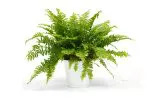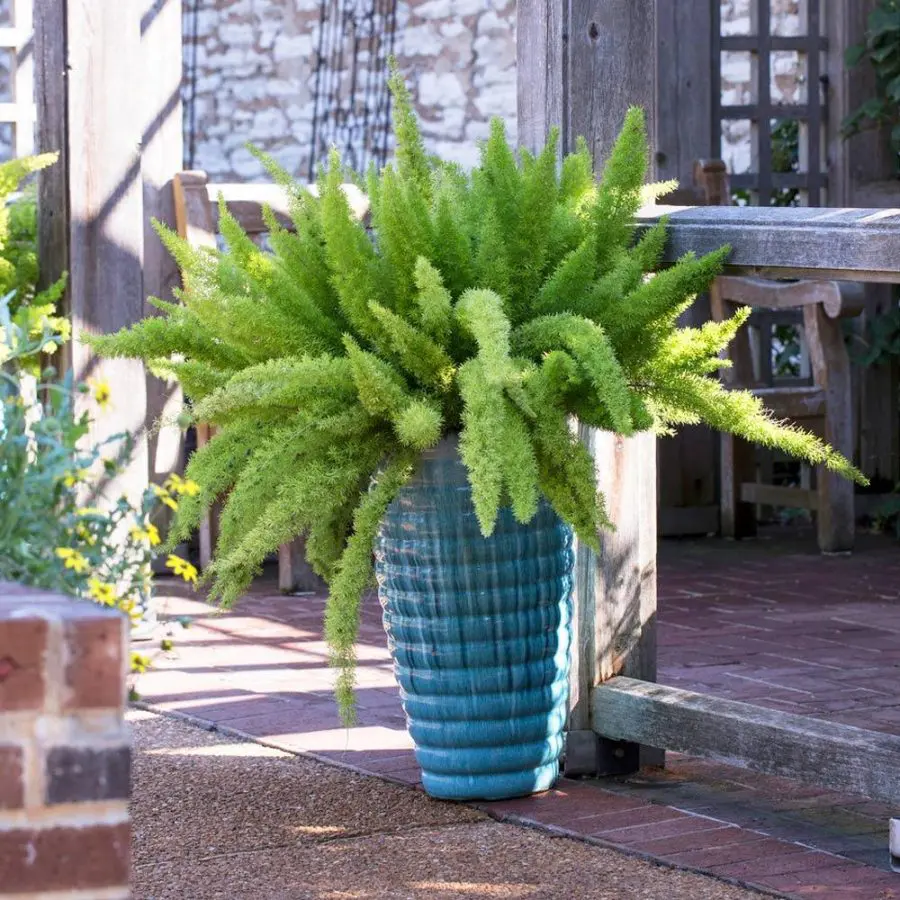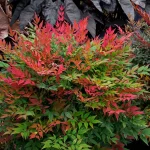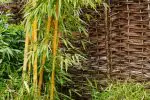This post contains affiliate links. If you buy something from one of our links we may earn a commission. Thanks
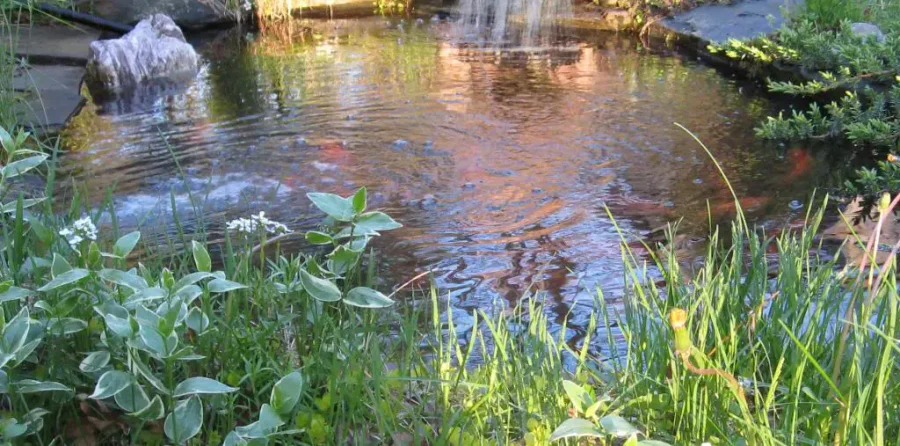
Searching for the perfect pond bottom material? Don’t make a common mistake! Discover The Best Pond Bottom Material and the one thing you should leave out for a healthy and thriving pond. Dive into our guide now!
The best pond bottom material is a smooth pond liner or a concrete base, as they facilitate easy cleaning and effective debris removal through bottom drains.
Unlike rocky bottoms, these smooth surfaces prevent the accumulation of waste, harmful bacteria, and parasites, ensuring a healthier and aesthetically pleasing pond environment.
When it comes to creating a thriving pond, the bottom material you choose is crucial. But did you know there’s one thing you should always leave out? Join us as we explore The Best Pond Bottom Material and reveal the #1 Thing To Leave Out for a beautiful and healthy aquatic ecosystem. Let’s dive in!
A well-designed garden pond can be a beautiful addition to your outdoor space, providing a tranquil place to relax and enjoy the beauty of nature. But what’s the best pond bottom material and the best way to design your pond?
What Is The Best Pond Bottom Material?
Bare bottom ponds are best. There are many benefits to having a bare-bottom pond.
First, they are much easier to clean. There is no need to worry about vacuuming around plants or rocks, and you can simply hose off the sides of the pond to remove any dirt or debris.
Additionally, bare-bottom ponds are less likely to harbor harmful bacteria and parasites.
Without any plants or rocks to provide hiding places, these creatures have nowhere to hide and will quickly be removed by your filtration system.
Finally, bare-bottom ponds tend to be less expensive than ponds with plenty of plants and rocks.
When it comes to creating a healthy and beautiful pond, a bare-bottom pond is the way to go.
Don’t Totally Avoid Plants And Rocks
This does not mean you should avoid using plants or rocks.
Take a cue from traditional Japanese water gardens and you will notice most plants and rocks are used around the edges of the pond and not in it.
Japanese water gardens usually include koi in the pond. Koi can be very hard on plants and not many will survive uprooting and constant nibbling.
You will likely see water iris and lotus planted in these ponds. Roots are usually placed in a pot filled with gravel to prevent digging.
You can add an occasional large rock or two to provide interest and offer koi a hiding place from predators.
But every koi pond should be using bottom drains and rocks will interfere with them working their best.
Why Bare Bottom Ponds Work Best With Bottom Drains
Garden ponds are a beautiful addition to any home, and they can provide a relaxing oasis for both people and wildlife.
However, ponds can also be notoriously difficult to keep clean if they are not designed properly.
Leaves and other debris can quickly build up on the bottom of the pond, making it difficult to access the pump and filter.
Having a skimmer can solve the problem and catch floating debris before it fouls your pump or gets pureed by it.
Likewise, organic matter decomposing on the pond floor can release harmful toxins into the water.
Bottom drains are an effective way to address these problems. By placing the drain at the bottom of the pond, debris can be quickly removed without disturbing the water.
In addition, bottom drains promote circulation and help to oxygenate the water, creating a healthier environment for fish and other aquatic creatures.
For these reasons, bare-bottom ponds are often considered to be the best option for both homeowners and pond wildlife.
What Adding A Rock Bottom Does
Many pond owners use pond liners to build their ponds. To some, this looks unnatural and they want to add rocks to the bottom.
Please don’t do this. Rocks will trap debris and koi can generate a lot of droppings.
Koi droppings are like pellets and need to flow unimpeded to the bottom drains where they can be removed and filtered out.
Rocks will trap this and as a result, detritus will build up and negatively affect water quality.
In addition, detritus allows parasites and harmful bacteria to grow.
If your rocks are sharp they could eventually puncture your pond liner.
Also, rocks can release minerals into the water column that may not be beneficial for your koi.
Best Pond Bottom Material FAQs
Creating a garden pond is akin to painting a living scenery right in your backyard. However, the charm and tranquility of this waterscape depend largely on the choices you make in its creation and maintenance.
A significant part of this choice is the material that forms the bed of your pond. Common questions often arise regarding the selection of pond bottom material, its impact on the aquatic life, and the ease of maintenance.
Here, we delve into some of the frequently asked questions to provide clarity and assist you in making an informed decision for your pond’s bottom material.
Q. Why are smooth pond liners or concrete bases preferred over rocky bottoms?
A. Smooth pond liners or concrete bases are preferred as they facilitate easy cleaning, prevent the accumulation of harmful substances, and allow for efficient operation of bottom drains, which are crucial for maintaining a clean and healthy pond environment.
Q. How do bottom drains contribute to pond cleanliness?
A. Bottom drains help in removing debris and organic matter from the pond floor, preventing the buildup of toxins.
They also promote water circulation and oxygenation, creating a healthier habitat for aquatic life.
Q. What are the drawbacks of having a rocky bottom?
A. Rocky bottoms trap debris, and waste, and can harbor harmful bacteria and parasites.
They may also obstruct the functioning of bottom drains, and sharp rocks could potentially puncture the pond liner, leading to leaks.
Q. Can plants and rocks still be incorporated in a pond design?
A. Yes, plants and rocks can be incorporated around the edges of the pond or placed in pots within the pond to enhance aesthetics without compromising on the functionality of the bottom drain or the cleanliness of the pond.
What Is The Best Pond Bottom Material? Final Thoughts
Rocks look pretty in a fast-moving stream where the water flow can scour them clean.
However, koi ponds are not streams and water flow is much slower.
Most ponds will have a pond liner bottom but some ponds are built with concrete.
Either way, they will have a smooth bottom that slopes slightly towards a bottom drain that sets on top of it.
My advice is to forget about adding a rock bottom. The best pond bottom material is your pond liner.
Your liner or concrete pond bottom will not impede the flow of waste toward your bottom drain and this will help keep your pond cleaner and healthier.
Read more: Water Gardening for Beginners: 11 Tips For Successful Water Gardens


